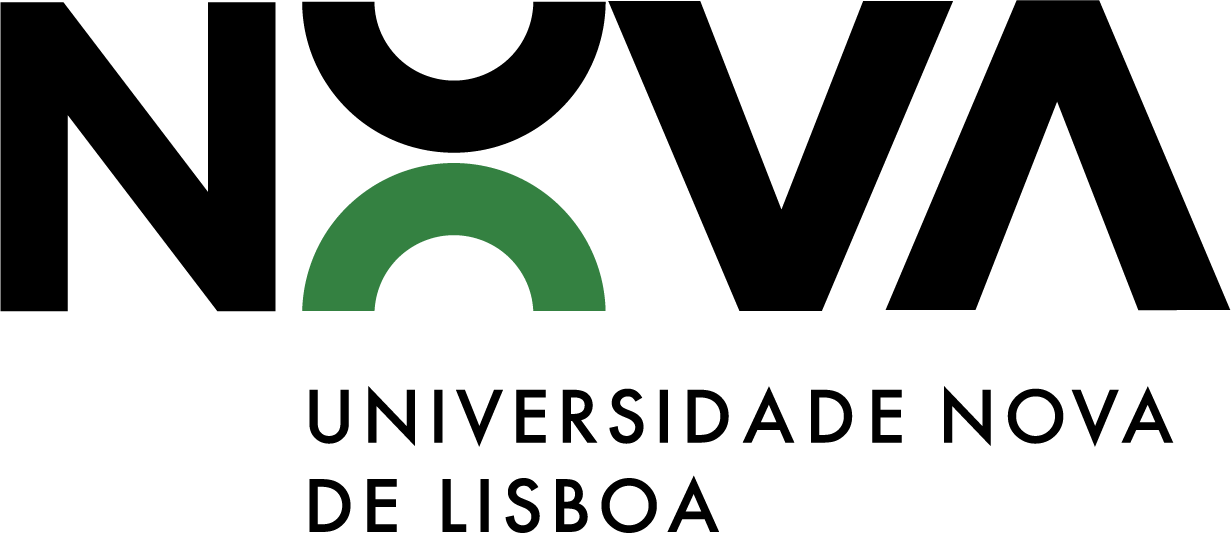Programme Details
Rational
In an increasingly complex world, communicating science to non-specialists is essential. Scientists from all areas are challenged to simplify their message and interact with a wide range of audiences, but it’s not always easy to ensure an effective transmission of a scientific message without sacrificing accuracy. This is precisely the goal of the Science Communication Course. Like other transversal skills, communication skills requires practice: the course aims to provide tools for an educated practice, which results in better communication with lay audiences. Paradoxically, practicing science communication to non-specialists helps also to improve communication to peers: we learn how important it is to clearly define the message and how to put ourselves in the audience’s shoes, two basic rules of any communication.
In two days, we will work on how to communicate a research project in three distinct situations: speaking before an audience, dealing with an interview and writing a news article. The starting point is a typical scientific abstract of the results obtained so far on the thesis project.
Syllabus
This practical module envisages communication as a whole process, training students in the different topics:
- How to read a scientific paper
- Writing different sections of a scientific paper
- Preparing a poster for a scientific meeting
- Making slides – Presenting their work –posture, voice, content
- Talking to lay public – Interacting with the media
Learning outcomes
At the end of the module, students should be able to:
- Identify the specifities of academic scientific writing and organize their ideas and results in that format
- Make the most out of a poster presentation and oral communication
- Understand how scientific issues can be communicated to non-specialist audiences
References
- Alley, Michael (1996). The craft of scientific writing. Springer
- Beveridge, William I.B. (2004). The Art of Scientific Investigation. Blackburn Press
- Murphy, Raymond (2005) English Grammar in Use. Cambridge University Press

